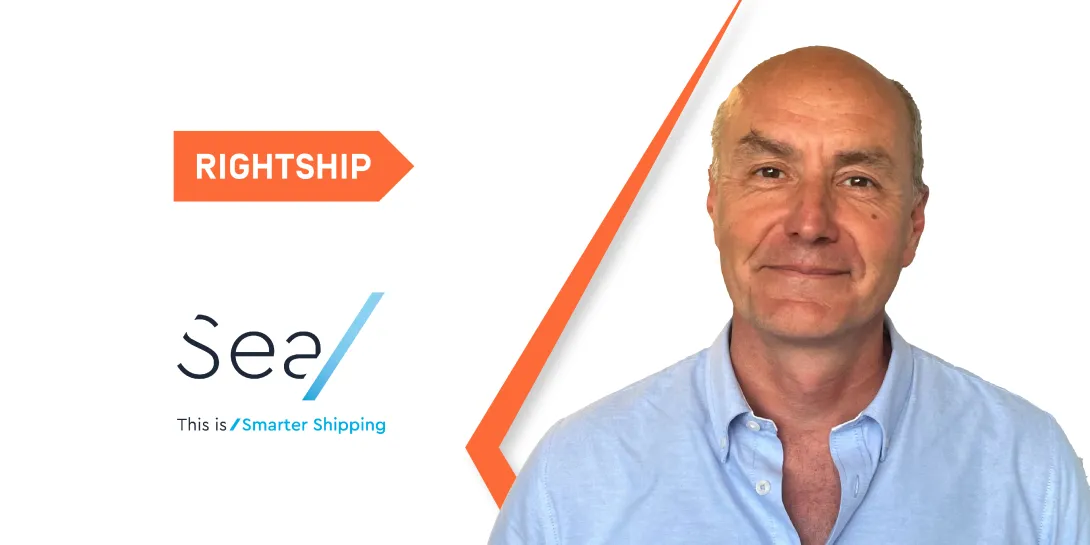In this guest post, Alex Gray, Head of Commercial Partnerships at Sea/ explains why a data integration with RightShip was an attractive proposition, and what the future holds for this new partnership
Sea/ has developed software that is very much intended for use across the industry. It is entirely agnostic in terms of the organisations it serves. It’s a platform that is accessible to all charterers, all owners and all brokers
The knowledge we’ve always had in terms of RightShip is they have a very dominant position as a safety scoring, sustainability and vetting resource for several major charterers.
When we look at opportunities coming at us, we say, does this deliver value to our product and our customers? There was never any question with RightShip, it was right in the crosshairs of what we should be looking at. For us that’s where the real value lies.
This made an integration obvious, especially given that many of our customers are looking for time saving and value adding components within everything that they’re doing. It’s all about adding efficiencies to existing processes.
How the partnership began
We have been talking with RightShip for some time. The big change was the new Safety Score mechanism and a more consumable product that we could access and surface for our charterers. Rather than them waiting to the point of having fixed a ship, in order to submit it for a full vet with RightShip, the realisation that they could start dismissing ships that would never make the grade at an earlier stage would thereby save them time and effort in pursuing ships that were never going to be viable. This was an obvious path to take for us.
We shouldn’t ever take for granted the benefits of ensuring safety at sea. I think the pioneering work that RightShip have done in establishing themselves as the preeminent provider of safety information is critical. We’re surfacing three elements from RightShip: the Safety Score, GHG Rating and Dry Bulk Inspections status data. These are currently three features that haven’t been available at the pre-fixture stage in one location until now.
Benefits for customers
Initially we will liaise with our customer base to make sure it’s hitting the marks that we think it should. The measure of success will be saving them time in the pre-fixture phase, which I think is unique. It gives customer the opportunity to do partial vetting before they start negotiating and clear out the ships that are not going to work for them from an early position.
Our ultimate expectation is that we surface this kind of data in the pre-fixture stage so that they do save themselves significant time and remove wasted effort.
Expansion opportunities
We’re excited about the work that we’ve already done with RightShip, not least because we can already see that it’s going to lead to other integration work on an ongoing basis.
Discussions about other value adding components that can be applied over time are already taking pace. The fact that, without leaving Sea/trade, customers will be able to see the information they need immediately is of great value, but could we add other components into that pre-trade element that would enrich the experience for the user? Yes, I think we can.
Because this is the first integration RightShip has done, that’s lovely for both of us to celebrate that and put it down as a marker. It feels very exciting for us, we feel it’s a strong cohesive union between our two organisations.
The Sea/ platform is licensed by Maritech Services Limited, part of the Clarkson PLC Group but wholly separated from the broking, banking, support and research functions.
